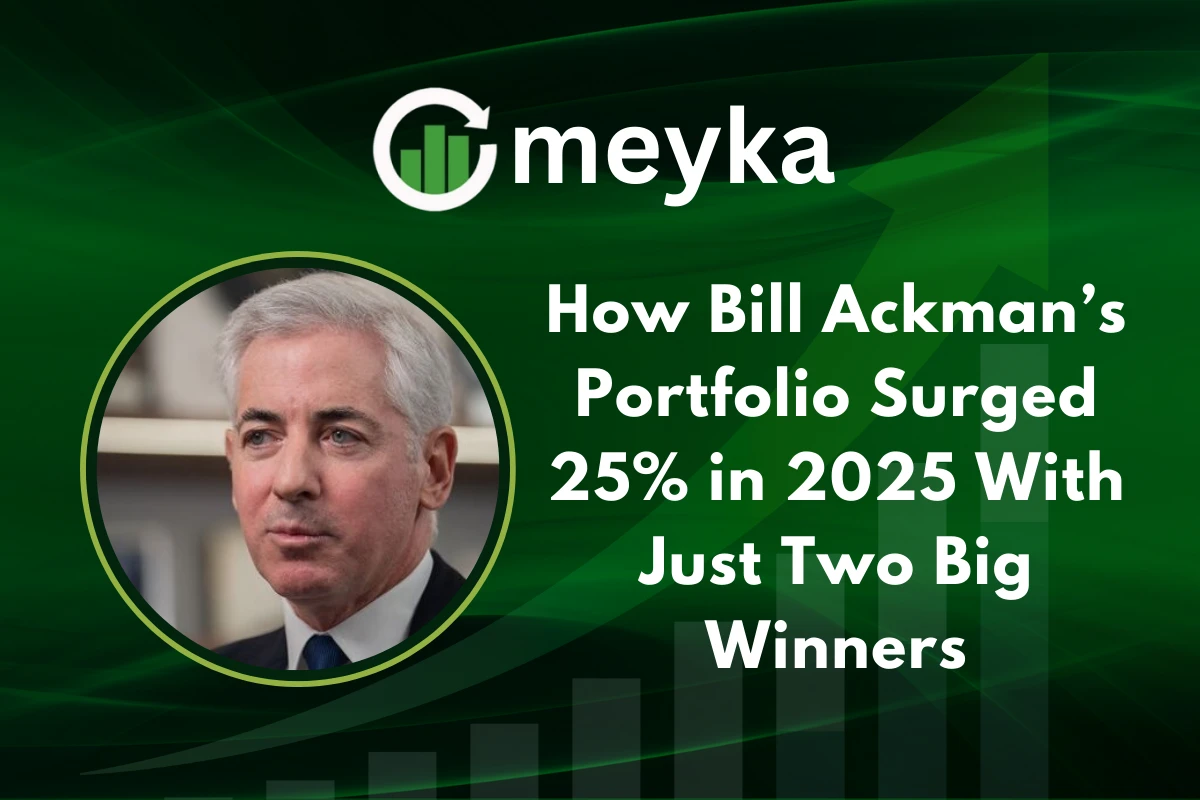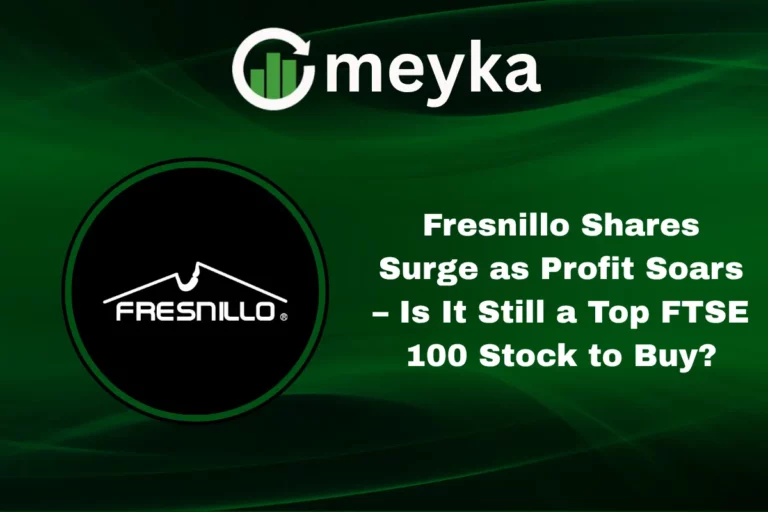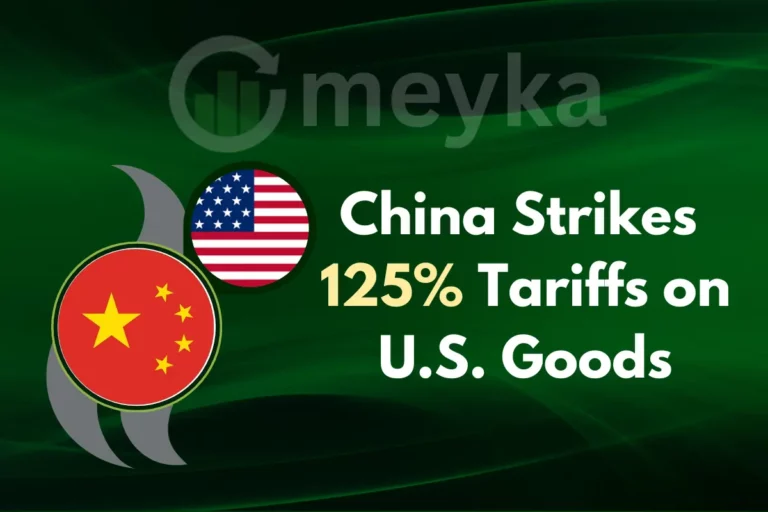How Bill Ackman’s Portfolio Surged 25% in 2025 With Just Two Big Winners
Bill Ackman has had a banner year. His fund, Pershing Square delivered a roughly 25% gain in 2025, a result that turned heads on Wall Street. The surge was not broad market magic; it came from a few concentrated, high-conviction bets that paid off. This is a story about focus, timing, and big ideas.
Bill Ackman: Pershing Square’s 25% jump and what drove it
Pershing Square Holdings, the London-listed vehicle linked to Ackman, posted a 25% plus return in 2025, far outpacing major indices. The fund’s NAV and share performance outperformed the S&P 500 by a wide margin, as a small number of holdings delivered outsized returns.
The main engines of this rally were sharp gains in Fannie Mae and Freddie Mac, and a bold, later bet on Amazon that added further fuel to returns.
Why this mattered now
The timing mattered. These mortgage giants rallied on hopes of policy changes that could release them from long running conservatorship. Investors priced in a better future for these companies, and Pershing Square, with a large position, benefited greatly.
That concentrated exposure turned into roughly $2 billion in profits from the mortgage shares alone, a central driver of the 25% performance.
Bill Ackman: The two main winners that powered the portfolio
The first big winners were Fannie Mae and Freddie Mac. Both stocks rose sharply in 2025 as markets bet on reform and an end to conservatorship, lifting both names by several hundred percent from early-year levels. Pershing Square’s stake in these mortgage companies was substantial, and the gains translated directly into large NAV improvements.
The second key winner came from a decisive, concentrated tech bet. In Q2, Pershing Square deployed about $1.2 billion into Amazon, buying millions of shares as the stock dipped. This single large purchase was the fund’s notable new buy for the quarter, signaling Ackman’s confidence in Amazon’s long term cash flow and its cloud business. That trade added meaningful upside as Amazon recovered..
Which stocks powered Bill Ackman’s portfolio in 2025?
A: The answer is twofold: Fannie Mae and Freddie Mac for mortgage gains, and a $1.2 billion Amazon stake that added tech upside. These concentrated winners drove most of the 25% surge.
Bill Ackman: The $1.2 billion Amazon bet and why it mattered
Ackman’s decision to buy Amazon was notable for size and timing. The purchase came after Amazon shares had fallen on AI rotation and tariff fears, creating a lower entry price.
Pershing Square bought roughly 5.8 million Amazon shares, a move that showed trust in management and AWS, Amazon’s high-margin cloud arm. The trade was funded in part by trimming other holdings, demonstrating active portfolio rotation.
Why did Fannie Mae and Freddie Mac play such a big role?
A: Markets began to price in the possibility of policy changes that could free these agencies, boosting investor expectations and share prices. Pershing Square’s large positions turned policy optimism into real gains.
How Ackman’s net worth rose, and the investor reaction
Personal wealth followed fund performance. Bill Ackman’s net worth jumped to about $9.2 billion in 2025, up sharply from the prior year, according to reporting that ties his gains to Pershing Square’s strong year. The rise in net worth reflects both market moves and Pershing Square’s concentrated wins.
Wall Street reaction was mixed, with many praising Ackman’s conviction and timing, while cautioning that concentrated bets carry risk. Some investors cheered the return to concentrated activism, while others reminded readers that single-name exposures can swing both ways.
ETF flows into active funds, and some large-cap ETFs showed modest shifts after the news as traders rebalanced. Analysts noted Pershing’s NAV strength, but urged focus on risk management.
Pershing Square’s concentrated approach is not new. Ackman has a track record of large, public convictions, from his pandemic market trades to big stakes in names like Uber. That history underlines why investors watch his moves. When Ackman speaks or acts, markets often listen, because his fund blends deep research with activist pressure.
Operationally, Pershing Square runs a compact team focused on a handful of core positions. This allows fast decisions, and it concentrates both gains and risks.
In 2025, the combination of a policy driven rally in mortgage names, and a timely purchase of Amazon during a dip, created an alignment of catalysts. The result was a performance gap that tilted heavily in Pershing Square’s favor.
Bill Ackman: What investors can learn from his strategy
Ackman’s playbook is clear: conviction, concentrated positions, deep research, and readiness to act. This approach can produce large gains when right, but it raises volatility when wrong. For long-term investors, the lesson is not to mimic position size, but to study the thesis behind the trade: policy leverage in mortgage agencies, and secular strength plus margin expansion at Amazon.
What lessons can investors learn from Ackman’s 2025 moves?
A: Focus on quality, understand the catalysts, and size positions with care. Ackman shows the power of conviction, balanced with the need for disciplined risk controls.
Wall Street sentiment, market outlook and risks
Sentiment on Wall Street was broadly positive for Pershing Square, yet risk insiders flagged three points: policy reversal risk for mortgage plays, concentration risk from big single name bets, and general market volatility tied to macro policy.
If policy tailwinds on mortgage reform stall, gains could reverse. Likewise, tech sector shifts could affect Amazon’s near-term trajectory.
Conclusion
Bill Ackman engineered a remarkable rebound in 2025, driven by two large winners that together produced a roughly 25% surge for Pershing Square.
The concentrated bets on mortgage giants and a bold Amazon buy show how focused strategies can pay off. Investors should respect the investment thesis, learn the process, and weigh the risks before mirroring such concentrated moves.
FAQ’S
Bill Ackman became successful through bold activist investing, deep research, and concentrated bets via his hedge fund Pershing Square.
Ackman’s SPAC IPO struggled due to regulatory hurdles and lack of a strong merger target, leading to its collapse.
His strategy focuses on concentrated long-term bets, activist involvement, and finding undervalued companies with catalysts.
His credit hedge during COVID-19 earned over $2.6 billion in just weeks, one of his most profitable trades.
At times, Ackman faced heavy losses, such as nearly $4 billion from his failed bet on Herbalife.
Ackman is not openly pro Trump; he has publicly criticized some of Trump’s policies and approaches.
Disclaimer
This content is only for learning. It is not financial advice. Always check facts and do your own research before making financial decisions.






